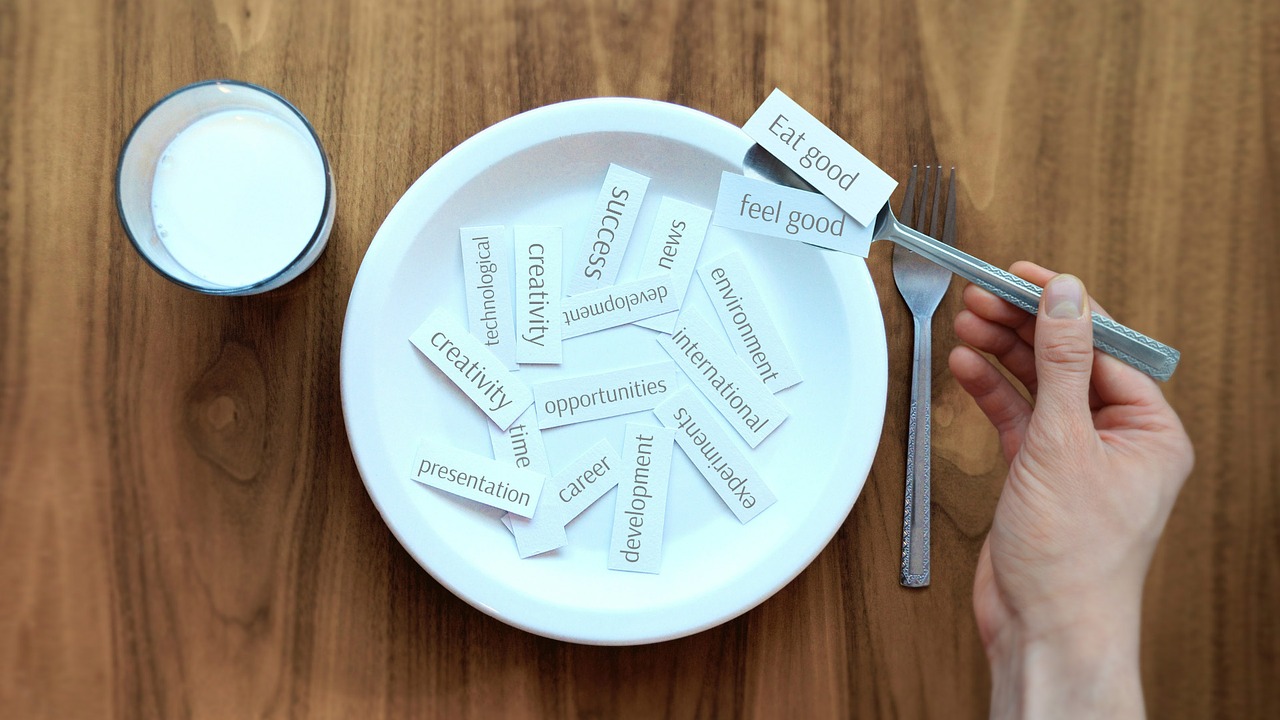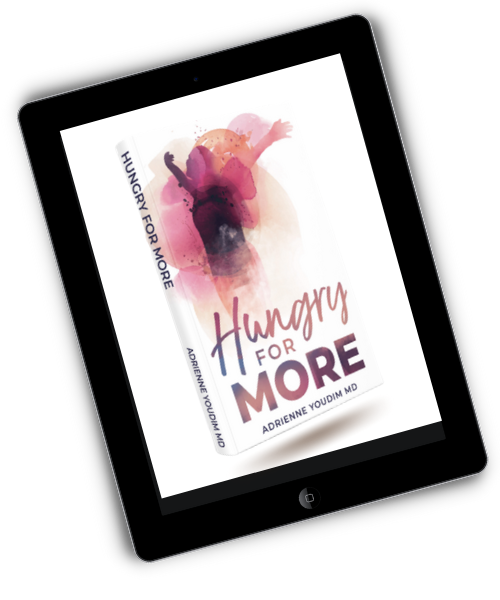Time is just passing by so fast – too fast. It’s almost mind-boggling to think that we’re already in the holiday season. It’s interesting- I never felt like we experienced time passing by so quickly when we were children. I wonder if it’s a factor of our busy lives or maybe it’s a function of technology, but I wonder; maybe it’s a matter of presence.
The Presence: How Kids and Adults Differ on being Present
Think about it. When we were kids, or if it’s too long to remember, think about the last time you watched your kids playing, with a set of Legos, for example. They are fully present. They are fully engaged with those building blocks and what they are creating. That presence, in a way, slows down time. You lose track of time, but you’re really savoring what you’re doing, which in a sense also slows down the time. Whereas for us as adults, we often aren’t present. In fact, I would say, we’re rarely present. We pass our time in two ways. Either we are absent, which means that we’re just not thinking. How often, for example, have you driven to work and arrived and just thought, “Wow, how did I even get here?” You miss the whole car ride, and in doing so, you also missed maybe the crisp fresh air or the trees or the music on the radio. We’re absent, and so, that time whizzes by. We also lose presence when we riddle our time away with worries. How often do we spend our time worrying about the past or planning the future? In some way or another, not being present in the moment. How often do we engage in a conversation or time with our family members or our kids while we’re on the phone? Again, we leave that experience and that piece of time, not really having to savor the time and not really having much to show for it because we weren’t 100% there.
Presence and Food: How Being Present Affects One’s Eating Habits
When I think about presence, this is very relatable to how we eat as well. As many of you know, my day job is as a medical doctor who works in clinical nutrition and obesity medicine. I spend a lot of time talking about food, how we eat, and our relationship with food in terms of healthy nutrition, lifestyle, and weight loss. Presence – it turns out – plays a big role in how we eat as well. For example, mindless snacking. They’ve done studies in which they’ve shown that people underreport their calorie intake by up to 2000 calories per day. Amazing – 2000 calories per day. What I mean by that is when they track people’s calorie intake and then they ask people to recall their diet, they underreport what they are eating by a tune of 2000 calories per day. Think about that. Sometimes when I share this information with patients, they may respond as if those people have been lying. It’s not lying about what we eat. It’s just not registering what we eat. How often have you walked by a bowl of candy or nuts, grabbing a handful without fully being present to what you’re consuming? Another common scenario to consider – how often have you cleaned off your child’s leftovers on their plate without being mindful to what you’re consuming?
Mindless eating actually contributes significantly to calories consumed and weight gain. Here’s the bummer of it all – it’s mindless. We’re not really registering, much less enjoying what it is that we’re consuming. The other piece of that is we’re not savoring. When we are eating mindlessly, we’re not savoring that meal. We’re not getting the true and full enjoyment of that meal, because we’re not present in it. How often do we rush through meals? That’s another way in which we elude presence while we’re eating. Rushing through a meal means that we are not present to it, we are not enjoying it to the fullest capacity, and we’re not savoring.
FOMO: The Fear of Missing Out on Food
Another thing I think about is FOMO. I talk about FOMO or fear of missing out often. Sometimes, I talk about FOMO in terms of The Last Supper. When we go out to dinner and we’re presented with something decadent, maybe we’re not really hungry for it. Maybe we’ve had a really decadent meal and we’re satisfied, and then we get presented with a decadent dessert. If we really dial into how we feel, we don’t really have the room or space for that dessert. In fact, we may already be uncomfortably full. What do we do in that moment? We have a worry that if we don’t take advantage of that desert, we won’t have another chance or another opportunity. It’s this fear of missing out on food. Sometimes, we have the same kind of fear about the next bite. What I mean by that is sometimes we’re so obsessed with what we’re eating that we’re not being fully present to the food – we’re worried about the portion, the amount, not having enough of that thing that we We’re not truly enjoying that food because we’re worried about it finishing or running out.
This concept may not resonate completely, but think about if you’ve ever eaten food in a different country, or maybe you’ve gone to a French restaurant or a Japanese restaurant where the meal or portion size is much less than what we’re used to in our American-sized portions. You may notice that sometimes there’s this immediate feeling of angst, almost like a fear that there is not enough. That fear, that anxiety, even if it’s low grade, maybe so light that we don’t even notice it or we’re not aware to it, takes away from the presence, and therefore, the enjoyment of the meal. I want to talk a little bit about mindful eating or having presence in our meals, so that we don’t rush through or pass through the meal the way which we sometimes pass through our car rides or our days or even our years and find ourselves at the end of the year at Thanksgiving, wondering where did it all go.
The First Tip: Meal Preparation is Not a Chore, but the Beginning of our Eating Experience
The first thing I want to talk about is meal preparation. This is an interesting one, because oftentimes, people feel like meal prep is a chore. One question I often get asked is, do you have a quick meal delivery service recommendation or quick meal recipes or preps? I’m all about giving people tools to make the most out of their day, and sometimes, we just need quick and dirty, but what if we stopped thinking about meal preparation as a job or a chore, and started thinking about it as the beginning of our eating experience? When we cook and we prepare, think about what happens in that moment, when we’re chopping vegetables or sautéing onions or adding spices. In the process of doing so, you have sensory experiences. Just thinking about cooking right now as I speak, thinking about sautéing onions or simmering garlic in olive oil, you may find that your mouth is salivating. You begin that savoring experience of the meal. You begin to anticipate it. You begin to crave it. You begin to imagine or fantasize over it, and that actually is a pleasurable experience. As you build the anticipation towards a meal, you actually build the pleasure that we achieve from consuming it, so, the first shift I want you to consider is actually preparing more of your meals, considering this preparation as part of the culinary experience, and in doing so, also initiating the savoring process, savoring of your food. Anticipation is a form of savoring.
The Second Tip: Sit with your Meal and Turn All Distractions Off
The next tip I want to give you is sitting with your meal. Many of the examples I shared at the beginning, like grabbing a handful of M&M’s from the candy jar, a handful of nuts from the kitchen counter, eating the crusts off of your child sandwich or leftover pasta when you’re clearing the dishes happen when you’re not sitting; you’re moving. You’re walking around, you’re doing something else. In doing so, you are not present; you are not mindfull. You are not really enjoying that food or even registering consuming that food. I want to advise you to sit every time you plan to put something in your mouth. I want you to grab that handful of M&M’s or nuts, put it on the plate and, sit down at the table. I wonder how that will change your experience with the food that you’re eating, as well as how it might change your snacking. If you actually have to pull up a chair to a table to eat those 10 little M&M’s, I wonder if you’ll even eat them. Maybe you’ll realize that you don’t even want it or you’re not even hungry for it. Make it a practice to sit every time you plan to eat or consume something, and see how that changes your relationship with that snack or meal, as well as your enjoyment of that meal.
On the same token, when you sit to a meal, turn off all distractions. I will say first that family dinners have always been very important in my family. We are a double physician working family, and had kids while my husband and I were in residency, but we were always able to make family dinner a priority. There’s data to show the benefit of this in terms of preventing obesity. Studies have shown that families that sit down to a meal are much more likely to have children who have healthier body weight than families that don’t sit down to a meal.
Here’s my admission. During the pandemic, we started watching more TV. I actually never watched TV before the pandemic. I have a form of ABD in which I can’t sit down in front of a TV screen, but pandemic happened and we started watching shows as a family after dinner. That trickled into shows during dinner. We found after a while that unknowingly, we’re now spending every single dinner in front of the TV. Wow. How did that happen? Aside from missing out on connection and time to regroup and recap with your loved ones during dinnertime, what we also do is create a distraction away from the food, and therefore add to this mindless feeling and lack of presence during a meal.
My next tip for you is to turn off all the distractions. Turn off the screens – turn off the phones – even when you’re eating by yourself. We tend to actually use distraction more when we’re eating by ourselves because it feels kind of weird or uncomfortable to do so. I want to challenge you to lean into that discomfort and turn off that phone, and see how it feels to really be present to your meal, really enjoying and savoring that meal without any screens to distract you.
The Third Tip: Chew and Chew a Lot
My next tip is to chew and to chew a lot. Anyone who has read a diet book or gone to a dietitian has always been told to chew slowly. Sometimes they tell you to chew 20 or 30 times per bite. I’m not sure about that. I’ve tried to chew 30 times per bite and it comes to a point where the food just doesn’t taste so good after 30 bites but there is something to be said about taking your time and chewing slowly. The reason I say that is to help with the aspect of savoring. When we chew slowly, we really utilize all of those taste buds in our mouth and we give ourselves the opportunity to really taste the food fully, as opposed to the times when we shove something in our mouth, chew, chew, swallow. Another bite. Chew, chew, swallow. How do we expect to get any enjoyment or any fulfillment from that food when we haven’t even spent the time chewing and savoring each individual bite?
When we talk about chewing and you hear about chewing, it’s always in reference to feeling more full. By slowing down, you give more time to feel full; and that’s true. Eating slowly will help you acknowledge your satiety or your fullness, but what about the joy of the meal? The savoring of the meal? When we slow down and we chew, we really take full advantage of the flavor – the taste. Another thing you may notice that happens – whether we’re chewing or eating quickly or not – is that we often chew on one side of our mouths. We put a bite in our mouth, we use our tongue to squish it one side or the other. Usually, people kind of have this preferential side where they always chew on that side of their mouth.
Here’s an interesting fun fact. We have taste buds everywhere. You have taste buds in your tongue. You have taste buds within the lining of your cheek. You even have taste buds in the back of your throat. Get this. You even have taste buds in your intestine, which is crazy and bizarre. When you’re eating always on just one side of your mouth and not allowing that food to really roam around and migrate in your mouth and make a contact with all those taste buds, you’re really losing out on that full experience. You’re losing out on the full flavor profile of that food. You’re really missing out on the enjoyment of that food, so, my next tip is to chew. Chew slowly, chew a lot – not necessarily 30 times – and take the time to really savor the food while allowing it to come into contact with your entire palette where you have taste buds so that you can really fully experience and fully enjoy and really enhance your experience with food.
Connect for More: Dr. Adrienne Youdim’s Parting Words for Today’s Episode
I wonder if there are other examples that you all have, and I’d love for you to send me a message and let me know what your savoring practices are. When we are present and mindful in our eating, we really are able to better savor that experience and that food. Just like when we are mindful and present in our relationships. We do the same. That’s why I love this work that I do. I truly believe that our relationship with food is really a symbol and a mirror for our relationship with ourselves, and making changes or shifts in the way in which we engage with food and with our hunger really can have transformative effects in other aspects of our lives as well.
This week – this Thanksgiving week, many of you may have plans with family and friends. Many of you may also be struggling how to mindfully manage your eating during the holidays or during the Thanksgiving week. I hope that you keep the message of this podcast in mind. I want you to truly take the time to savor your food, to be mindful of the experience, and in doing so, notice if that translates in how you savor the experience overall. The time with friends and family, the conversations that you’re having, and the time well spent.
Happy Thanksgiving to all of you who are celebrating. I hope that you have an enjoyable time with family and friends. If you’re doing it alone, enjoy that time too, because alone time is hard to come by. Be well this week and please join me again next week for another short actionable health bite.
Last but not least, I would like to share about Dehl Nutrition and Dehl Bar – a high protein, low calorie nutrition bar made from functional ingredients that I have personally curated from weight loss, weight maintenance, and better health and well-being. Check them out HERE.


